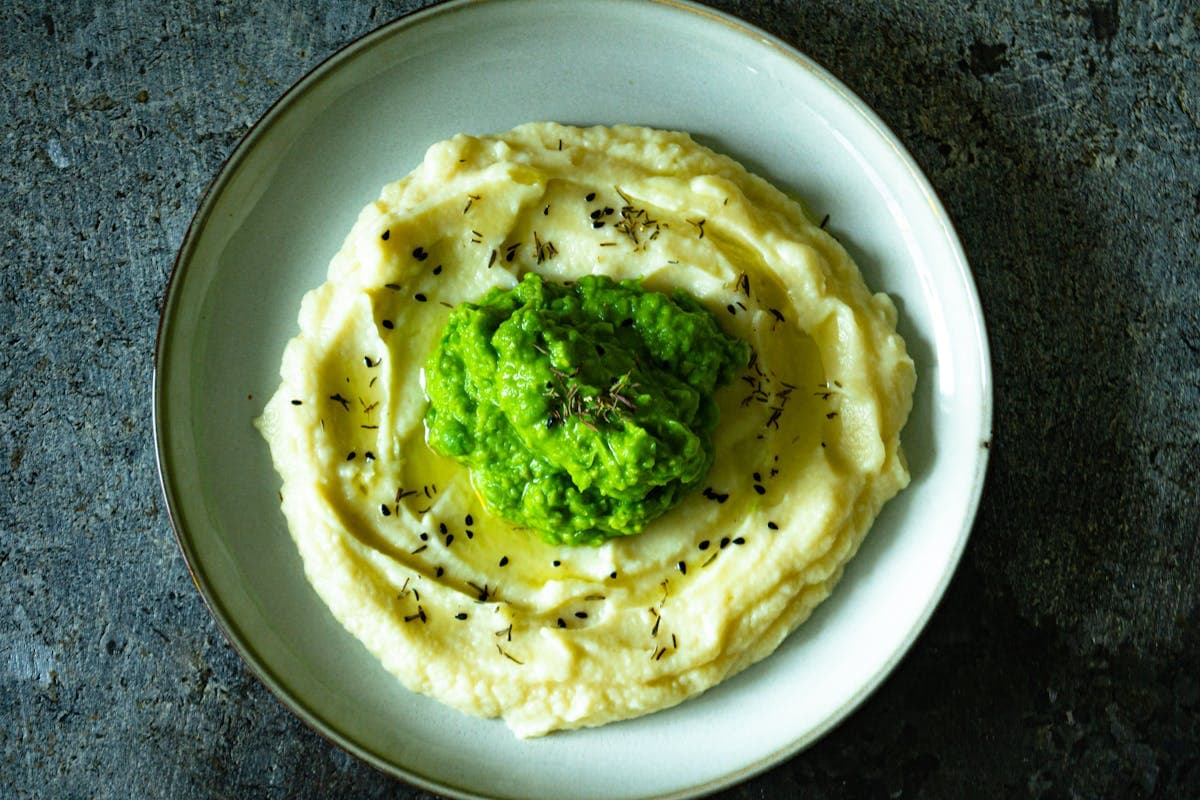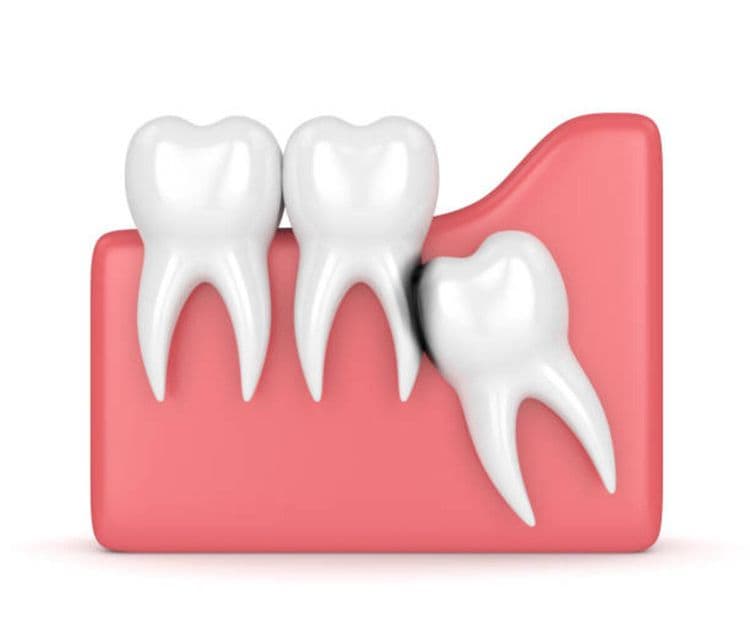Following wisdom teeth extraction, adhering to a soft diet is essential for ideal recovery. This approach minimizes irritation and supports healing at the surgical sites. Consuming foods like mashed potatoes, yogurt, and smooth soups guarantees adequate nutrition while reducing discomfort. These choices provide necessary nutrients without compromising the healing process. Avoiding hard, crunchy, or spicy foods is imperative. Explore further to discover specific dietary recommendations that facilitate a smoother recovery journey.
Understanding the Importance of a Soft Diet
Following the surgical removal of wisdom teeth, adhering to a soft diet is crucial for promoting ideal healing and minimizing postoperative complications. This dietary approach reduces mechanical irritation and trauma to the surgical sites, which can impede recovery. Soft food guidelines recommend the consumption of nutrient-dense, easily chewable foods that require minimal mastication. This includes options such as mashed potatoes, yogurt, applesauce, and scrambled eggs, which provide necessary macro and micronutrients without exerting excessive pressure on the healing tissues.
Recovery meal plans should be meticulously crafted to guarantee adequate caloric intake and hydration while avoiding potential irritants such as spicy or crunchy foods. The emphasis on a soft diet is supported by evidence indicating that it considerably reduces the risk of dislodging clots and promoting optimal wound healing.
Ideal Soups and Broths for Comfort
Following wisdom teeth extraction, consuming nutrient-rich broths can provide essential vitamins and minerals necessary for recovery. Smooth soups, such as pureed vegetable or chicken noodle, not only offer hydration but also facilitate healing by minimizing irritation to the surgical site. Both options are recommended for their ease of consumption and ability to deliver comfort during the postoperative period.
Nutrient-Rich Broths Options
How can one guarantee ideal healing and comfort after wisdom teeth removal? Incorporating nutrient-dense broths into the post-operative diet can be considerably beneficial. Bone broth stands out due to its high collagen content, which supports tissue regeneration and reduces inflammation. The benefits of bone broth extend to providing essential amino acids and minerals, contributing to peak recovery. Additionally, its smooth consistency guarantees minimal irritation to the surgical sites.
Broth flavor variations can cater to different palates while maintaining nutritional integrity. Options such as chicken, beef, or vegetable broths allow for personalized taste preferences without compromising healing potential. Each variation can be enhanced with herbs like thyme or parsley, which provide anti-inflammatory properties. Therefore, nutrient-rich broths offer a palatable and therapeutic option during convalescence.
Smooth Soups for Healing
Although the post-operative period following wisdom teeth removal can be challenging, incorporating smooth soups into the diet may facilitate healing and provide comfort. Clinical evidence suggests that consuming soups with appropriate blending techniques can guarantee a smooth texture that minimizes irritation at the surgical site. Varied soup flavors, such as carrot ginger, tomato basil, or butternut squash, can be nutrient-dense while providing essential vitamins and minerals to support recovery processes. Utilizing a high-quality blender can achieve the desired consistency, eliminating large particles that could disrupt healing. Furthermore, the warmth of these soups can enhance blood flow and promote tissue repair. It is advisable to avoid excessively hot temperatures to prevent discomfort or additional inflammation. Such dietary choices are conducive to ideal post-operative recovery outcomes.
Creamy Yogurts and Smooth Puddings
For individuals recovering from wisdom teeth removal, incorporating creamy yogurts and smooth puddings into their diet can provide both nutritional benefits and ease of consumption. Creamy yogurts are advantageous due to their soft texture, which minimizes stress on oral tissues. Additionally, they supply essential nutrients such as calcium and probiotics, promoting overall health and potentially aiding in digestion during the recovery phase. The benefits of creamy yogurt extend to its soothing properties, which may alleviate discomfort in the surgical region.
On the other hand, smooth puddings offer a variety of flavor options, ensuring palatability for diverse taste preferences. These include vanilla, chocolate, and caramel, each delivering a comforting experience. Both creamy yogurts and smooth puddings serve as suitable dietary choices during the post-operative period.
Nutritious Smoothies and Protein Shakes
Nutritious smoothies and protein shakes serve as excellent dietary options for individuals recovering from wisdom teeth removal, offering a balance of essential nutrients and ease of consumption. Smoothie ingredients such as bananas, avocados, and berries provide a rich source of vitamins and antioxidants, vital for ideal healing. Incorporating liquid-based protein sources, like Greek yogurt or protein powders, can enhance muscle recovery and maintain energy levels during the recuperative phase. Additionally, incorporating a liquid consistency minimizes the risk of disturbing surgical sites, ensuring patient comfort. Evidence suggests that nutrient-dense beverages can support immune function, reduce inflammation, and expedite recovery timelines. As a result, these options are not only practical but also beneficial, aligning with dietary recommendations post-oral surgery.
Mashed Potatoes and Other Soft Vegetables
After wisdom teeth extraction, incorporating mashed potatoes and other soft vegetables into the diet can provide essential nutrients while minimizing oral discomfort. Potatoes are rich in vitamins C and B6, potassium, and fiber, offering both energy and nutritional benefits vital for recovery. Additionally, preparing other soft vegetables such as carrots or squash in a pureed form can further enhance nutrient intake while maintaining an ideal texture for postoperative consumption.
Nutritional Benefits of Potatoes
While recovering from wisdom teeth removal, incorporating soft vegetables like mashed potatoes into the diet can provide essential nutrients without compromising oral healing. Potatoes, available in numerous varieties such as Russet, Yukon Gold, and red potatoes, are rich sources of carbohydrates, which are crucial for energy production during recovery. Each potato variety offers unique nutritional profiles. For instance, red potatoes contain higher amounts of vitamin C and potassium, essential for immune function and electrolyte balance. Meanwhile, Yukon Gold potatoes offer slightly more protein and vitamin B6, supporting cellular repair and metabolism. The soft texture of mashed potatoes reduces the risk of irritating surgical sites, making them an ideal food choice post-extraction, while delivering necessary nutrients to aid in the healing process.

Preparing Soft Vegetable Dishes
Incorporating soft vegetable dishes into the post-operative diet can greatly facilitate recovery following wisdom teeth extraction. These dishes are gentle on the surgical site and provide essential nutrients. Mashed potatoes are a staple due to their smooth consistency and high carbohydrate content, promoting energy replenishment. Beyond potatoes, healthy vegetable purees such as carrots, squash, and sweet potatoes serve as excellent alternatives. These soft vegetable recipes are easily digestible and rich in vitamins A and C, which support immune function and tissue repair. Blending these vegetables with minimal seasoning guarantees they remain non-irritative. Evidence suggests that patients adhering to a diet of soft and nutrient-dense foods experience improved healing outcomes and reduced discomfort, underscoring the importance of appropriate dietary choices post-extraction.
Wholesome Oatmeal and Soft Cereals
Oatmeal and soft cereals provide an excellent source of nourishment after wisdom teeth removal due to their soft texture and nutritional benefits. These foods are easy to consume without causing undue strain on the healing oral tissues. Oatmeal can be customized with various oatmeal toppings, such as mashed bananas or applesauce, enhancing flavor and augmenting vitamin intake. This variety in diet can prevent nutritional deficiencies during the recovery period.
Soft cereals, including cream of wheat and rice cereal varieties, supply essential carbohydrates and proteins, facilitating energy restoration and tissue repair. Incorporating milk or plant-based alternatives into these cereals can further increase calcium and vitamin D consumption, vital for bone health. Overall, oatmeal and soft cereals are practical options during the postoperative recovery phase.
Satisfying Pasta Dishes to Enjoy
Following wisdom teeth extraction, selecting appropriate foods that aid recovery and provide adequate nutrition is imperative. Soft, easily ingestible foods, such as certain types of pasta, can play a significant role in dietary planning post-operatively. Creamy pasta, for instance, offers a smooth texture that minimizes strain on the surgical site, reducing discomfort and risk of complications. The inclusion of cheesy noodles can further enhance caloric intake while providing important nutrients like calcium and protein, aiding in tissue repair. It is essential to verify that pasta dishes are not overly hot, as elevated temperatures may exacerbate inflammation. By incorporating these types of pasta, individuals can maintain nutritional balance without compromising healing, thereby facilitating a smoother recovery process following oral surgery.
Soft Fruits to Savor
After wisdom teeth removal, consuming soft fruits is a beneficial dietary choice, providing essential vitamins and hydration without causing strain on the healing tissues. Soft fruit options such as bananas, ripe pears, and melon are particularly recommended due to their easy-to-mash consistency and high nutritional value. These fruits deliver critical nutrients like potassium and vitamin C, which assist in tissue repair and immune function.
Incorporating these soft fruits into fruit smoothie recipes can enhance palatability while ensuring a nutrient-dense intake. Blending fruits like berries and mango with yogurt or milk creates a smooth consistency that minimizes irritation to the extraction site. Such smoothies offer a practical solution for maintaining caloric intake and hydration, supporting an ideal recovery process post-surgery.
Foods to Avoid for a Smooth Recovery
Why is it essential to avoid certain foods after wisdom teeth removal? Certain foods can impede the healing process and exacerbate discomfort. Following surgery, foods to avoid include hard snacks and crunchy vegetables, which may dislodge blood clots and delay recovery. Spicy sauces can irritate sensitive tissues, increasing pain and inflammation. Acidic fruits should be avoided as they can disturb the oral pH balance, leading to irritation. Carbonated drinks, by introducing gas into the oral cavity, may also contribute to discomfort. Additionally, hot beverages can disrupt clot formation, while sticky candies can adhere to surgical sites, promoting infections. Adhering to these dietary guidelines is vital for minimizing complications and ensuring a smoother, more rapid recovery post-extraction.
Frequently Asked Questions
How Long Should I Maintain a Soft Diet After Wisdom Teeth Removal?
The recommended soft food duration typically spans 7 to 10 days, adhering to post-surgery guidelines. This period allows for adequate healing and minimizes complications, supported by clinical studies emphasizing the importance of a gentle diet post-extraction.
Can I Drink Alcohol After Getting My Wisdom Teeth Removed?
The consumption of alcohol post-extraction can adversely affect the recovery timeline. Alcohol effects include potential interference with wound healing, increased bleeding risk, and interaction with prescribed medications. Clinical guidelines typically advise avoiding alcohol for at least 48 hours post-surgery.
Are There Any Specific Spices to Avoid During Recovery?
During recovery, patients may experience increased spice sensitivity. Avoid spices like cayenne or black pepper that can irritate healing tissues. Consider mild flavor alternatives such as herbs like basil or thyme, which provide taste without causing irritation.
How Soon Can I Return to Eating Crunchy Foods?
The return to consuming crunchy foods post-extraction varies. Typically, the healing process dictates food texture tolerance. Evidence suggests waiting approximately one to two weeks, allowing soft tissue recovery, to mitigate risks of complications or delayed healing.
Is It Safe to Use a Straw After Wisdom Teeth Extraction?
Straw use post-extraction raises concerns due to suction effects, which may dislodge blood clots vital for healing. Clinical guidelines often recommend avoiding straws to prevent complications such as dry socket, ensuring a smoother recovery process.


